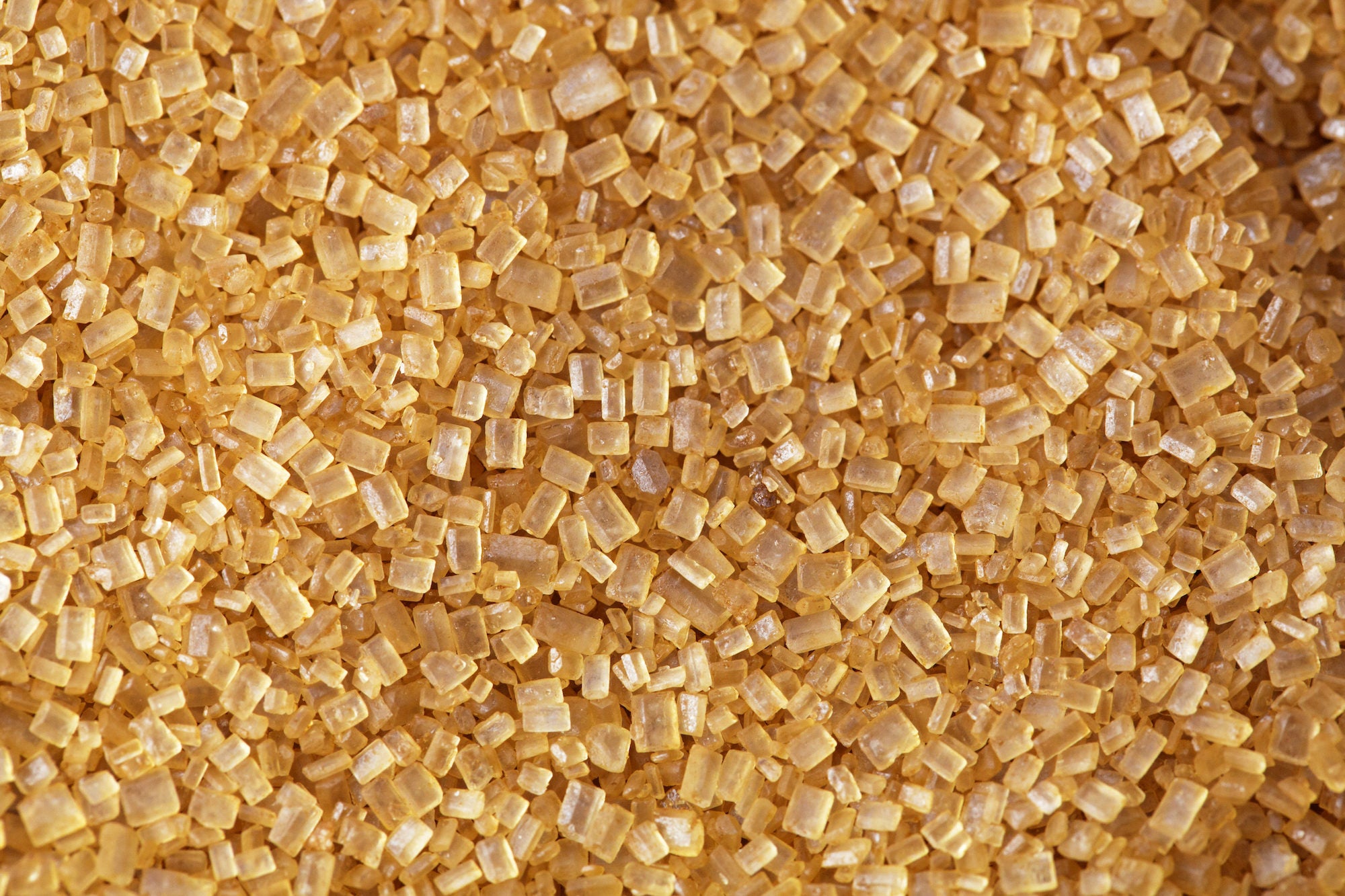
How to use both in baking—and why brown sugar isn’t the same.
Refined white sugar is a marvel of modern technology, but until relatively recently, all the crystallized sugar we ate looked and tasted completely different. It came in shades of brown, with flavors of caramel and smoke. This is raw sugar, which is made by extracting juice from sugarcane or palm trees and boiling it down until nearly all the moisture evaporates.
The syrup is then poured into molds and left to cool, at which point you can chisel off a chunk for whatever you need. Raw sugar retains all the mineral and acid impurities of the sap it came from, which accounts for its unique and varied flavor. Modern refineries run raw sugar through a centrifuge and neutralize its acidity with alkaline compounds to produce pure sucrose crystals devoid of any flavor besides sweet. To make brown sugar, some molasses is then added back into the white stuff.
Which is why you generally can’t substitute raw or brown sugar for white in baking recipes: Each substance reacts differently with leavening agents and contains different levels of acid and moisture. But keep the raw sugar around. It does amazing things to your morning coffee.